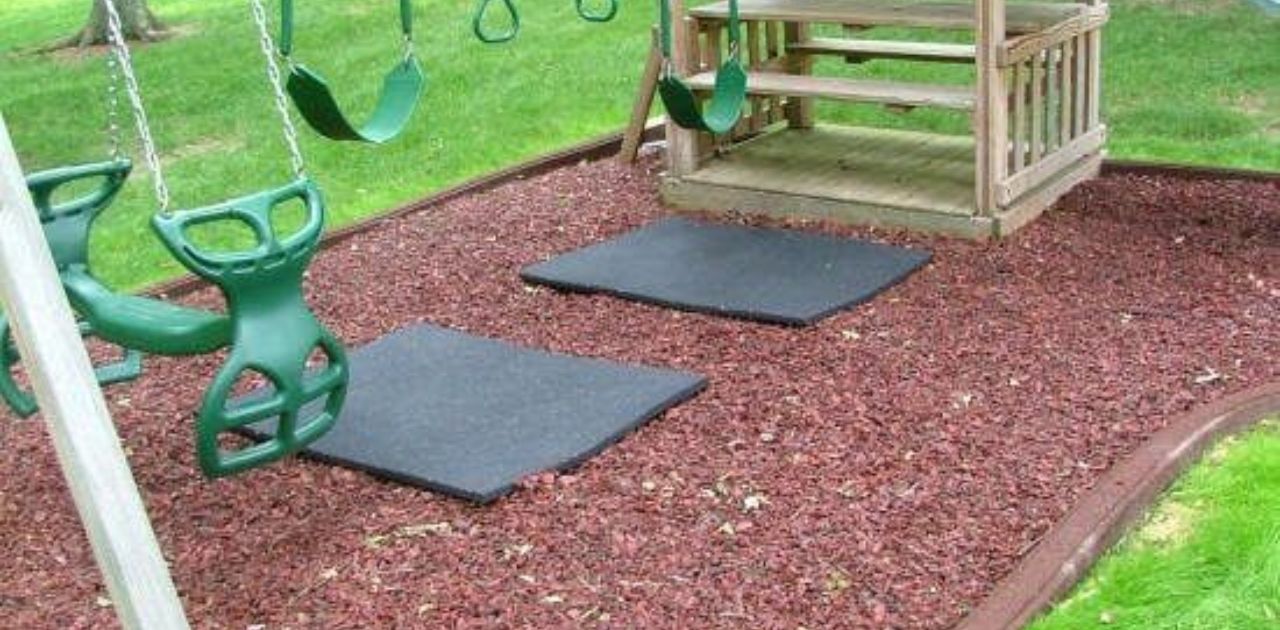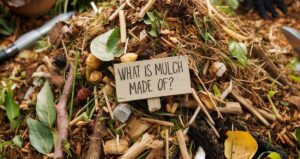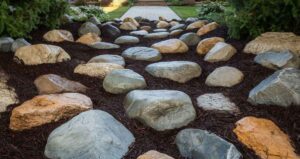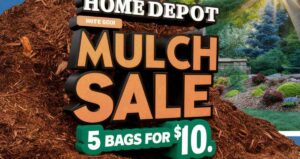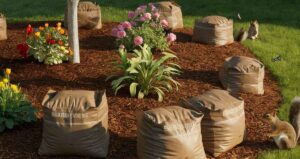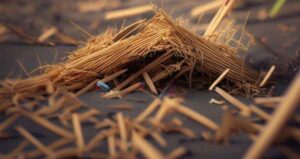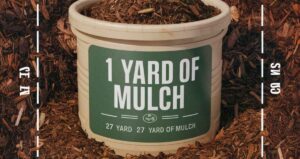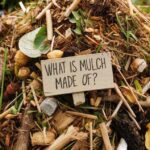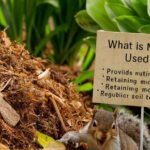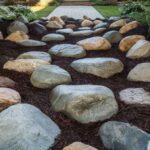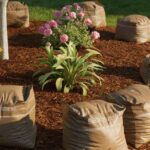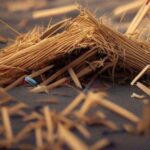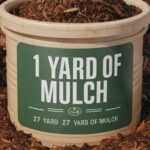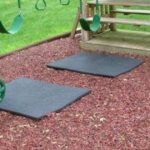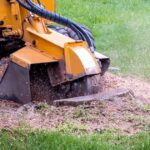Creating a safe and conducive playground environment involves careful consideration of what lies beneath the rubber mulch surface. The choice of underlayment for rubber mulch significantly impacts safety, shock absorption, and maintenance.
Understanding what to put under rubber mulch for playgrounds involves exploring various substrate options, such as landscape fabric, impact-absorbing layers, and weed barriers. These elements play a crucial role in providing a stable foundation, preventing weed growth, ensuring proper drainage, and enhancing impact attenuation.
By delving into the options available and their functionalities, one can ensure a well-prepared playground surface that not only maximizes safety but also minimizes maintenance efforts for a lasting and secure play area.
Preparing the Ground for Rubber Mulch
Preparing the ground for rubber mulch installation is critical to ensure a safe and effective playground surface. Clearing the area of debris, rocks, and weeds creates a clean base. It’s essential to level the ground and provide adequate drainage to prevent water accumulation under the mulch layer.
Adding a landscape fabric or geotextile barrier serves as an efficient weed deterrent while permitting water drainage. Layering shock-absorbing materials like pea gravel or sand underneath the rubber mulch enhances impact resistance, promoting safety for children at play.
Careful ground preparation guarantees a stable foundation, maximizing the benefits of rubber mulch by creating a cushioned, secure surface for recreational activities while minimizing potential hazards.
Essential Steps Before Applying Rubber Mulch
Before applying rubber mulch for playgrounds, essential groundwork is imperative. Clearing the area of debris, leveling the surface, and installing appropriate barriers are key preparatory steps. Ensuring proper drainage and addressing weed control beneath the mulch layer are crucial for long-term maintenance.
Additionally, inspecting the substrate for any potential hazards or uneven surfaces guarantees a safer playground environment. These preliminary measures create a solid foundation, enhancing the effectiveness and safety of the rubber mulch installation for playgrounds.
Substrate Options for Rubber Mulch Installation
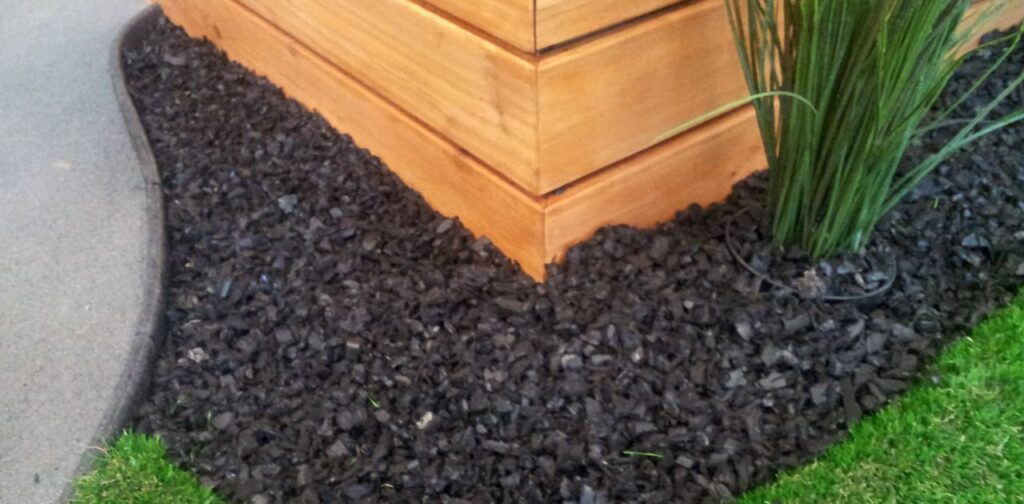
When considering substrate options for rubber mulch installation under playgrounds, several choices enhance safety and durability. Geotextile fabric serves as an effective barrier against weed growth while allowing proper drainage, maintaining a stable base for the mulch.
Another option involves using crushed stone or pea gravel as a sub-base, facilitating water drainage and preventing soil compaction. Additionally, interlocking rubber tiles provide a shock-absorbing layer, offering excellent impact resistance while ensuring a stable surface for play areas.
Carefully selecting the substrate aligns with safety standards, ensuring a cushioned and resilient foundation for the rubber mulch. Each substrate option addresses specific playground needs, contributing to a secure and comfortable environment for children to play without compromising safety.
Exploring Suitable Underlayments for Playground Safety
In quest of playground safety, exploring suitable underlayments beneath rubber mulch is paramount. These underlayments serve as crucial support, enhancing the impact-absorbing properties of the playground surface.
Options like shock-absorbing pads or gravel aid in cushioning falls, reducing injury risks. Additionally, geotextile fabrics act as effective barriers against weed growth while facilitating proper water drainage, maintaining a clean and safe environment.
Careful consideration of these underlayment materials ensures the playground’s durability and safety, aligning with safety standards and promoting worry-free playtime for children. Understanding the significance of appropriate underlayments not only fortifies the integrity of the playground surface but also prioritizes the well-being and safety of young users.
Weed Control and Barrier Solutions
Implementing effective weed control and barrier solutions under rubber mulch is paramount for maintaining a pristine playground surface. This crucial step involves laying down appropriate materials or barriers to prevent weed growth and unwanted vegetation.
Utilizing landscape fabrics or geotextiles creates a protective barrier, inhibiting weeds from infiltrating the mulch layer while allowing for proper drainage. Additionally, incorporating a reliable weed control strategy before applying rubber mulch reduces maintenance efforts and preserves the playground’s aesthetics.
Choosing the right weed prevention methods ensures a cleaner and safer play area, promoting a conducive environment for children while enhancing the longevity of the rubber mulch surface.
Preventing Weed Growth Under Rubber Mulch
Installing an effective barrier is crucial for preventing weed growth under rubber mulch. Utilizing landscape fabric or weed barriers as an underlay impedes weed germination, preserving the playground’s aesthetics and reducing maintenance efforts.
These barriers serve as protective shields, thwarting weed penetration while allowing moisture and nutrients to reach the soil. Strategically implementing these preventive measures ensures a weed-free environment under the rubber mulch, maintaining a clean and safe surface for playground activities.
Drainage Considerations for Playground Surfaces
In playground surface preparation, addressing drainage considerations holds paramount importance. Efficient water drainage beneath rubber mulch safeguards against pooling and moisture accumulation, which can impact the longevity of the playground’s surface. Adequate drainage helps prevent issues such as mold, mildew, or deterioration of underlying materials.
Incorporating measures like perforated pipes, gravel layers, or strategic grading ensures proper water runoff, maintaining the integrity of the playground surface. Careful planning and execution of drainage solutions beneath the rubber mulch not only enhance safety but also contribute to the durability and functionality of the play area, providing a conducive environment for children to enjoy without concerns about water-related damage.
Ensuring Proper Water Drainage Under Rubber Mulch
Ensuring proper water drainage under rubber mulch is critical for playground safety and longevity. Implementing a suitable drainage system helps prevent water accumulation, reducing the risk of mold, mildew, or erosion beneath the mulch layer.
Adequate drainage prevents moisture retention, maintaining a dry and stable surface for children to play on. Utilizing techniques such as grading or installing perforated pipes assists in redirecting excess water away from the playground area, preserving the integrity of the ground beneath the rubber mulch.
By prioritizing effective drainage, playground maintenance becomes easier, ensuring a safer and more durable surface for recreational activities while extending the lifespan of the rubber mulch installation.
Impact Absorption Layers and Safety Measures
Understanding impact absorption layers and implementing corresponding safety measures is crucial in playground surface preparation. These layers, placed beneath rubber mulch, play a pivotal role in cushioning falls and reducing injury risks.
Shock-absorbing materials like foam pads or rubber mats provide an additional protective barrier, minimizing the impact of falls during play. Proper installation and adequate thickness of these layers ensure they effectively absorb impact, enhancing playground safety standards.
Implementing these safety measures not only aligns with safety regulations but also offers peace of mind to caregivers and supervisors overseeing children’s play. Prioritizing impact absorption layers showcases a commitment to creating a safer environment for children, minimizing the potential risks associated with playground activities.
Landscape Fabric and Underlayment Materials
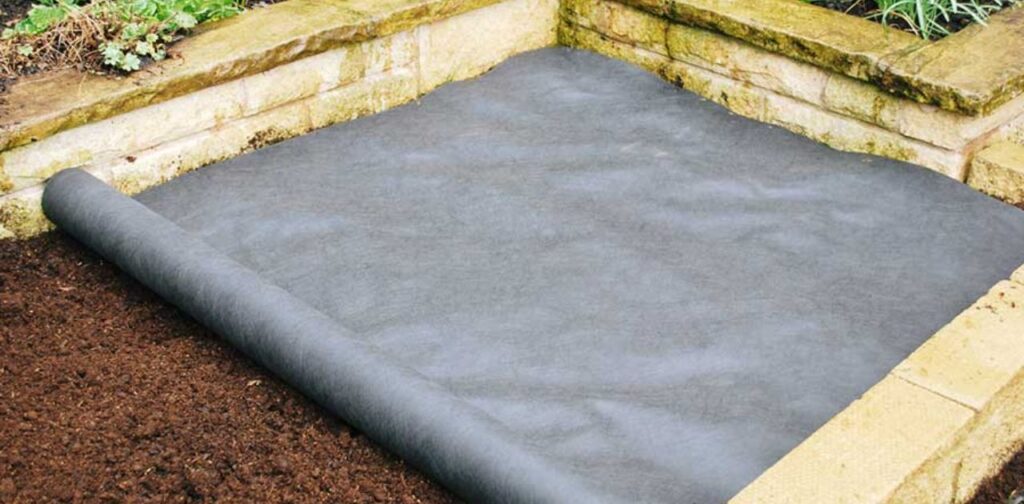
Landscape fabric and underlayment materials play a pivotal role in the installation of rubber mulch for playgrounds. These components serve as a protective layer, preventing weed growth and enhancing the longevity of the mulch. Landscape fabric acts as a barrier, inhibiting weeds from penetrating the mulch layer, maintaining a cleaner and safer play area.
Underlayment materials like geotextiles or impact-absorbing pads provide added cushioning and shock absorption, ensuring a safer surface for children. Properly chosen and strategically placed, these materials complement the rubber mulch, contributing to a well-prepared and secure playground surface.
Understanding the significance of landscape fabric and underlayment materials aids in creating a durable, low-maintenance, and safe playground environment for children to enjoy.
Conclusion
In conclusion, the choice of what to put under rubber mulch for playgrounds significantly impacts safety and longevity. Addressing this crucial aspect involves considering several factors, including weed control, impact absorption, drainage, and substrate preparation.
Implementing a suitable underlayment, such as landscape fabric or impact-absorbing layers, ensures a stable and secure foundation for the rubber mulch. This strategic approach not only minimizes weed intrusion but also maximizes shock absorption, safeguarding children from potential injuries during play.
Consulting with professionals for tailored advice on playground surface preparation ensures the proper installation of the underlayments, guaranteeing a safe and durable playground environment. By prioritizing these measures under rubber mulch, playgrounds can offer enhanced safety, longevity, and peace of mind for both children and caretakers.
Ensure safety! Learn what to put under rubber mulch for a secure and kid-friendly playground surface.
